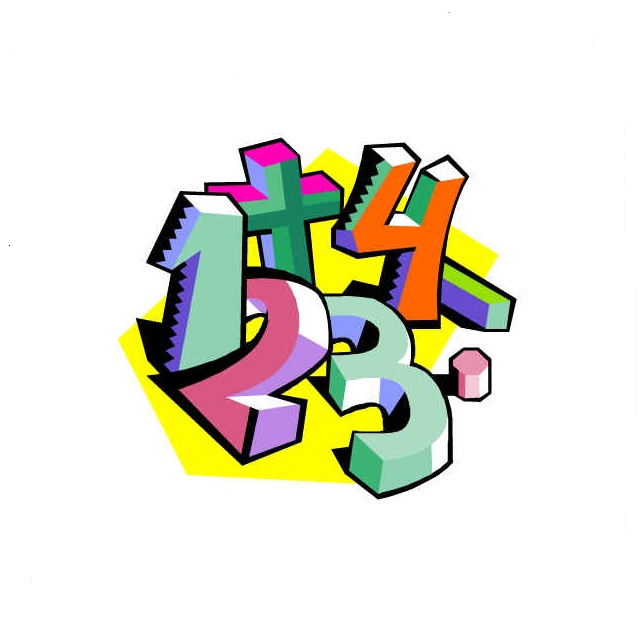Overview
One of the ways to solve systems of equations is by graphing the equations on the same coordinate plane. By graphing the equations, it is possible to tell whether they have no solutions in common, one solution in common, or an infinite number of solutions in common.
No Solutions in Common
These linear equations are also known as parallel lines, those with the same slope and different y-intercepts. Another way to describe them is that the solutions of that particular system are inconsistent. For example, suppose that the equations are y = 3x – 1 and 2y = 6x +4. Solving the second equation, y = 3x +2. Both equations have the same slope, but their y-intercepts are different, so they are parallel.
One Solution in Common
Some of these linear equations are perpendicular lines, where the product of their slopes is equal to -1, but lines can also meet at other angles and still have one solution in common. A system of equations that has at least one solution in common is consistent. Both equations have one point in common, although it is the only solution of the system.
Identifying Solutions
One way to identify if a particular point is a solution of both equations in a system is to see if its coordinates solve both equations. For example, check to see if a point with the coordinates (1, 2) is a solution of the system y= x +1 and 2x +y = 4. The point is a solution of the equation y = x +1, because 2 = 1 +1, and it is also a solution of the equation 2x +y = 4, because 2 +2 = 4. It is a solution of that system of equations. A point with the coordinates (5, 6) is a solution of the equation y=x +1, but is it a solution of the equation 2x +y = 4? 10 +6 is equal to 16, which is not equal to 4. The point (5, 6) is not a solution of that system of equations.
All Solutions in Common
Some systems of equations have all solutions in common, so that any solution of one equation is also a solution of the other equation. The lines coincide along the same graph. They are both consistent and dependent. Suppose the system of equations is x +y =9 and 3x +3y =27. The simplest form of 3x +3y = 27 is x +y =9, just by dividing every member of the equation 3x +3y =27 by 3.
Interested in math tutoring services? Learn more about how we are assisting thousands of students each academic year.
SchoolTutoring Academy is the premier educational services company for K-12 and college students. We offer tutoring programs for students in K-12, AP classes, and college. To learn more about how we help parents and students in Columbia, SC: visit: Tutoring in Columbia, SC





